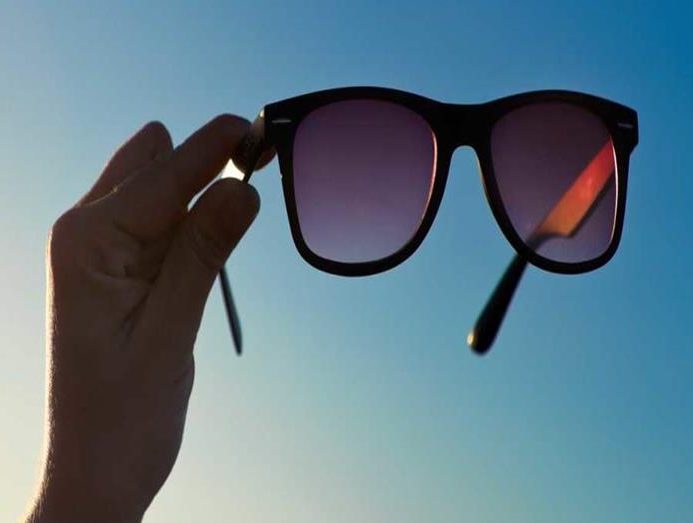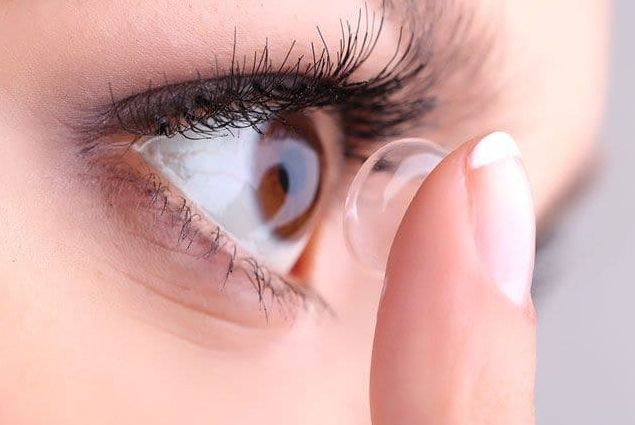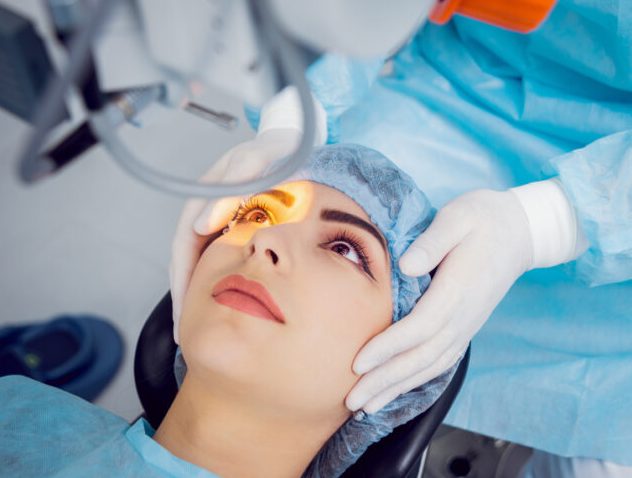These are the fastest methods to blur your vision.
I prefer to be straight with you and tell the truth even though it sometimes hurts.
This is what I am going to do right now.
You want a clear, relaxed vision. I’ll show you three modern techniques that can quickly cause damage to your vision. I’ll also explain why you shouldn’t become dependent on them.
These are the only ways to correct blurred vision. They only correct the’something’ that is happening in your eyes. However, they do not address the root cause of blurred vision.
There is a big difference between treating and correcting.
To correct is to superficially correct something, mostly artificially, in order to improve it temporarily. But the root cause of the problem is still not solved.
Your vision may improve, but it will not return to its original clarity.
To successfully treat the cause of blurred vision, it is best to treat it by default.
These are the 3 modern ways to avoid it
Let’s look at these corrective measures one-by-one and then I’ll tell you why they should be avoided.
Corrective Method 1: Corrective glasses
They are commonly known as eyeglasses because they can provide clear vision immediately after being used. They only correct refractive errors caused by changes in the shape and size of the eyeballs.

The abnormal shape of the eyeballs can be caused by fatigue and not lack of glasses.
This fatigue must be removed so that the eyes don’t return to their original shape. Also, clear and relaxed vision cannot be restored if they aren’t.
The glasses will not relieve fatigue and will not treat the problem.
Corrective method 2: Contact lenses
Most people who have blurred vision turn to contact lenses instead of trying to identify the problem.

They are just as damaging to your eyes as glasses. This is evident by the many cases where irritation or pain occur due to “getting used” to these lenses.
Contact lenses can lead to the following problems:
- Corneal infections
- Corneal abrasion
- Corneal distortion
- Eye and eyelid irritation
- Low oxygenation of the eyes
- Dry eyes
- Inflammation of upper eyelid
Artificial solutions are designed to treat the effects of vision problems, but they do not address the root problem.
The lenses, which are a foreign object within the eye, cause the blink rate decrease. This can have the following side effects.
You will find that your tear secretion drops and you have to use artificial tears.
Limited ocular flexibility can lead to fatigue and blurred vision.
Eventually, our optical “crutches”, with larger diopters, become more cumbersome.
Why is this happening to you?
These devices, which are similar to glasses, do NOT treat blurred vision and do not relieve fatigue.
Corrective Method 3: Eye Surgery
These procedures offer great results. In just a few minutes, “the fog is gone from your eyes” so you can see clearly and well.

One of the operations involves removing a small amount of the cornea to allow light rays closer to the retina. The image becomes much clearer.
The cornea can be cut in small pieces to improve the focus of light on the retina. However, the actual cause is that the eyeballs are still modified and fatigued.
Do you think that removing a small part of your eye is a good solution, as long as it does not cause any other problems?
Vision can deteriorate over time. This quick method does not address the root cause.
Your body knows that clear vision requires relaxation of the muscles.
Your body will send you the following message when you can see clearly with glasses, contact lenses, or surgery:
It blurs your vision and increases dioptres. This is to alert you that you are not doing something natural and to help you find the root cause.
These quick fixes can only correct the refractive errors, but they do not eliminate eye strain.
These modern methods don’t release tension in the eye muscles, and if you have blurred vision after using them, they won’t help you feel more rested, relaxed, and clearer.



